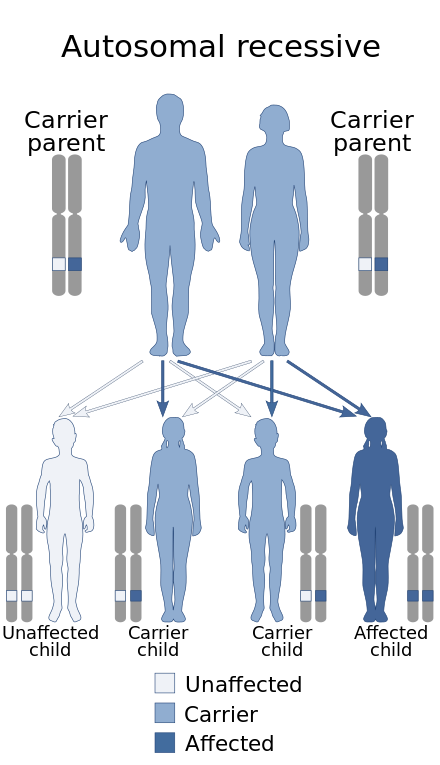Cerebral Palsy
Cerebral palsy (CP) is a group of movement disorders that appear in early childhood, typically caused by abnormal development or damage to the brain's motor areas. These disorders are lifelong, non-progressive, and can result from prenatal, perinatal, or early postnatal brain injuries.

Signs and Symptoms
Cerebral palsy is characterised by a range of symptoms that vary among individuals. Common motor symptoms include poor coordination, stiff or loose muscles, weak muscles, and tremors. Sensory, vision, hearing, and speech problems may also be present. Secondary symptoms often include intellectual disabilities, learning disabilities, and epilepsy.

Babies with CP often have delayed developmental milestones such as rolling over, sitting, crawling, or walking. Common physical manifestations include abnormal muscle tone and reflexes, joint deformities, and gait abnormalities like tip-toeing or scissoring gait. Drooling, difficulties with eating, and respiratory issues can also occur due to motor impairments.
Diagnosis
Diagnosing CP involves observing developmental delays and abnormal muscle tone or reflexes. A general movements assessment, typically for children under four months old, can be highly accurate. Neuroimaging techniques like MRI and CT scans are used to identify structural brain abnormalities. Blood tests and other evaluations can help rule out other conditions. Early diagnosis is very important for effective intervention.
Classification
CP is classified based on motor impairment types and topographic distribution of muscle spasticity. The main types include:
- Spastic CP: Characterised by high muscle tone and stiff, jerky movements. It affects the motor cortex and is the most common type, encompassing spastic hemiplegia, diplegia, quadriplegia, and monoplegia.
- Ataxic CP: Involves problems with coordination and balance due to cerebellar damage, leading to intention tremors and decreased muscle tone.
- Dyskinetic CP: Associated with damage to the basal ganglia, leading to involuntary movements (choreoathetosis) or strong contractions (dystonia).
- Mixed CP: Features symptoms of multiple CP types, making it complex to treat.

Causes
CP results from abnormal brain development or damage during pregnancy, delivery, or early childhood. Common causes include preterm birth, infections during pregnancy, difficult deliveries, and genetic factors. In Africa, birth asphyxia and infections in newborns are significant contributors. Genetic factors play a minor role, with about 2% of cases linked to inherited genetic causes.
Treatment
While there is no cure for CP, various treatments can help manage symptoms and improve quality of life. These include physical, occupational, and speech therapies. Medications like diazepam, baclofen, and botulinum toxin can help reduce muscle stiffness. Surgical options, such as tendon releases and spinal fusion, may be necessary for severe cases. Assistive technologies, including external braces and orthotic devices, support mobility and daily functioning.

Prognosis
CP is non-progressive, but symptoms can become more severe over time, especially without appropriate intervention. Early and continuous management can significantly improve outcomes. Intellectual abilities vary, with some individuals leading independent lives while others may require lifelong support. Life expectancy is generally lower than the general population, primarily due to associated conditions like respiratory and cardiovascular issues.
Socioeconomic Impact
CP imposes significant financial burdens on affected families and healthcare systems. Costs include medical expenses, lost productivity, and the need for long-term care and support services. Efforts to improve early diagnosis, preventive measures, and effective management strategies are very important for reducing the overall impact of CP.

Self-assessment MCQs (single best answer)
What is cerebral palsy (CP)?
Which of the following is NOT a common symptom of cerebral palsy?
What type of neuroimaging is commonly used to diagnose cerebral palsy?
Which type of cerebral palsy is characterised by high muscle tone and stiff, jerky movements?
What is a common cause of cerebral palsy in Africa?
Which therapy is NOT typically used to manage symptoms of cerebral palsy?
What is the role of botulinum toxin in the treatment of cerebral palsy?
What is the main purpose of orthotic devices in children with cerebral palsy?
What is the significance of early diagnosis in cerebral palsy?
What is the life expectancy of individuals with cerebral palsy generally affected by?
Dentaljuce
Dentaljuce provides Enhanced Continuing Professional Development (CPD) with GDC-approved Certificates for dental professionals worldwide.
Founded in 2009 by the award-winning Masters team from the School of Dentistry at the University of Birmingham, Dentaljuce has established itself as the leading platform for online CPD.
With over 100 high-quality online courses available for a single annual membership fee, Dentaljuce offers comprehensive e-learning designed for busy dental professionals.
The courses cover a complete range of topics, from clinical skills to patient communication, and are suitable for dentists, nurses, hygienists, therapists, students, and practice managers.
Dentaljuce features Dr. Aiden, a dentally trained AI-powered personal tutor available 24/7 to assist with queries and provide guidance through complex topics, enhancing the learning experience.
Check out our range of courses, or sign up now!


